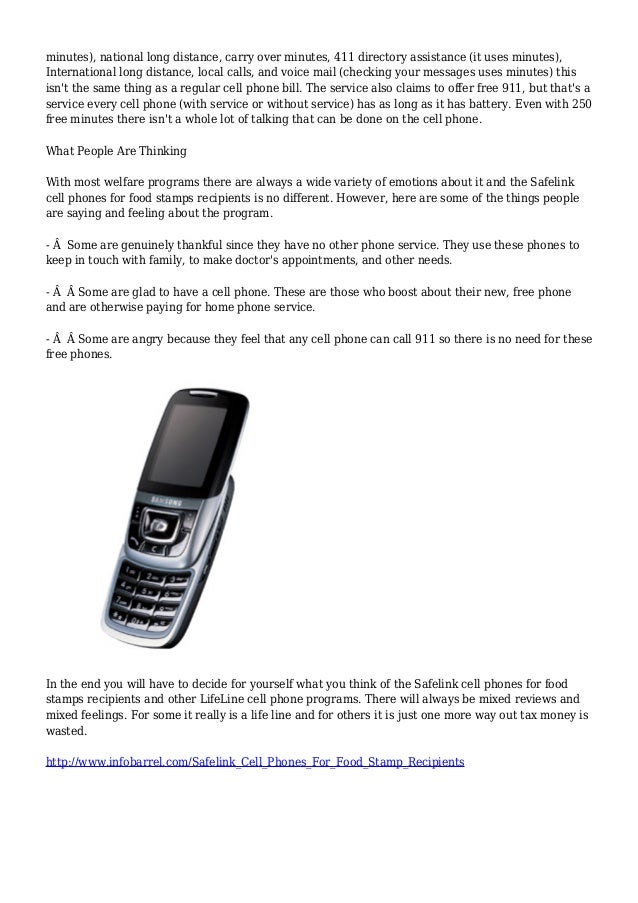
To the best of our knowledge, only one cohort study has examined whether the effect of depression on mortality might be explained by frailty. The diminished ability to respond to stress can be conceived as a loss of redundancy due to the accumulation of multiple deficits with aging. Physical frailty is characterized by a decline in functioning across multiple physiological systems and marks a condition of older people who have an increased risk on adverse health outcomes when facing an arbitrary stressor.

This easily confounds the association between depression and mortality when using self-report depression scales (as most of these studies did) instead of applying formal DSM-IV criteria in which symptoms originating from a somatic disease are not counted Reference Miloyan and Fried. These diseases and side-effects of their treatment share many symptoms with depression (e.g., insomnia and fatigue). More than half of the studies examining the association between depression and mortality have been conducted in patient samples with a chronic somatic disease. This may be explained by better chronic disease management of depression-associated somatic morbidity, as depression is associated with the onset of many chronic diseases as well as physical frailty. Finally, indirect evidence stems from a decreasing secular trend for excess mortality in depression. These latter findings suggest a role for specific pathophysiological mechanisms like neurohormonal and immune-metabolic dysregulations. Other studies still demonstrated excess mortality due to depression controlled for lifestyle characteristics. In some studies, excess mortality due to depression perished after adjustment for lifestyle characteristics. Lifestyle characteristics may mediate this risk since patients with affective disorders generally have a less healthy lifestyle. Secondly, several explanatory mechanisms are biologically plausible. Moreover, excess mortality associated with depression gradually decays over time unless a recurrent episode occurs. Whereas this meta-analysis was based on unadjusted estimates, findings were confirmed by a recent study adjusted for lifestyle and multimorbidity.


First, meta-analysis has demonstrated a dose–response relationship regarding excess mortality in subthreshold and major depression. Still some arguments can be made in favor of causation.
#Lifeline mailist manual
Miloyan and Fried showed that meta-analysis of the four studies that met their quality criteria, that is, using a Diagnostic and Statistical Manual of Mental Disorders (DSM)-based structured interview to assess depressive disorder in a population-based sample and based on survival analysis methodology, revealed a non-significant pooled hazard ratio of 1.17 (95% confidence intervals : 0.75–1.60). Nonetheless, meta-analysis of 293 studies has questioned causality due to pronounced publication bias, inadequate control for comorbid mental disorders, heterogeneity with respect to confounder control, and overrepresentation of studies in specific medical patient groups. Calculation of PARs assumes that associations of depressive and anxiety disorders with mortality are causal. The relative risk is higher for depressive disorders compared to anxiety disorders but due to higher prevalence rates of anxiety disorders, the population attributable risk (PAR) hardly differs with 4.9 and 4.3%, respectively. Depressive and anxiety disorders have been associated with excess mortality.


 0 kommentar(er)
0 kommentar(er)
